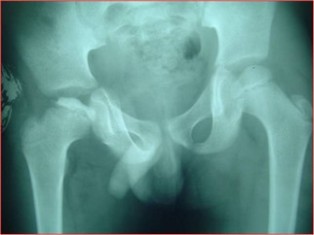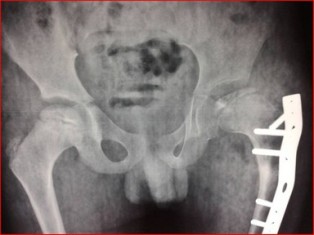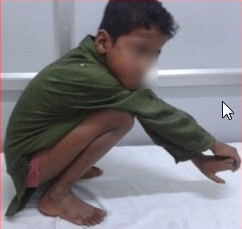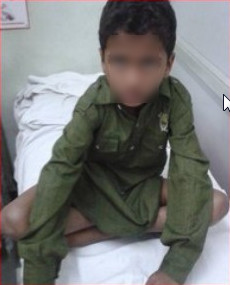Perthes Disease
Perthes Disease: Understanding, Treatment, and Care
Welcome to our comprehensive guide on Perthes Disease, a condition that affects children’s hip joints. This page aims to provide you with valuable information about the disease, its symptoms, diagnosis, treatment options, and the expertise of Dr. Sameer Desai, a renowned pediatric orthopedic surgeon in Pune
What is Perthes Disease?
Perthes Disease, also known as Legg-Calvé-Perthes Disease, is a rare childhood condition that affects the hip joint. It occurs when there is an interruption in the blood supply to the ball-shaped head of the thigh bone (femur), leading to the deterioration of the bone tissue. This can result in pain, limited mobility, and other hip-related issues in children..
Symptoms of Perthes Disease:
● Pain: Children with Perthes Disease often experience pain in the hip, groin, thigh,
or knee. This pain may range from mild discomfort to severe pain during physical
activities.
● Limping: A noticeable limp or difficulty in walking may develop as a result of hip
pain and stiffness.
● Limited Range of Motion: Children might find it challenging to move their hip joint
freely, leading to a reduced range of motion.
● Muscle Atrophy: Muscles around the affected hip may weaken or shrink due to
decreased use.
● Shortening of the Leg: In some cases, the affected leg may appear slightly
shorter than the other.
Diagnosis:
Diagnosing Perthes Disease involves a combination of clinical evaluation, medical history assessment, and imaging studies. X-rays and MRI scans are commonly used to confirm the diagnosis and determine the extent of bone damage.
Treatment Options:
The treatment approach for Perthes Disease depends on the child's age, the severity of the condition, and other individual factors. Dr. Sameer Desai, a respected pediatric orthopedic surgeon in Pune, specializes in providing tailored treatment plans that may
include:
● Observation: In some cases, especially when the disease is in its early stages, the
child's condition might be closely monitored with regular check-ups and imaging.
● Physical Therapy: Physical therapy can help maintain muscle strength, improve
joint mobility, and minimize the impact of the disease on the child's daily
activities.
● Bracing: A brace or cast might be used to help support the hip joint and
encourage proper alignment during the healing process.
● Surgery: In more severe cases, surgical interventions may be necessary. Surgical
procedures could involve realigning the hip joint, removing damaged bone, or
addressing complications.
Expert Care by Dr. Sameer Desai:
When it comes to your child's orthopedic health, choosing the right specialist is crucial. Dr. Sameer Desai, a distinguished pediatric orthopedic surgeon in Pune, has a wealth of experience in diagnosing and treating Perthes Disease. With a patient-centered approach, Dr. Desai combines the latest medical advancements with personalized care, ensuring the best possible outcomes for young patients.
If you suspect your child might be experiencing symptoms of Perthes Disease or require expert orthopedic guidance, don't hesitate to contact Dr. Sameer Desai clinic. Your child well-being is in capable hands.
Conclusion:
Perthes Disease can be a challenging condition for children and their families to navigate, but with proper diagnosis, treatment, and expert care, its impact can be minimized. Dr. Sameer Desai, a dedicated pediatric orthopedic surgeon in Pune, stands ready to provide the necessary expertise and support to help your child regain their mobility and lead a healthy, active life.

Treatment
Surgical:





